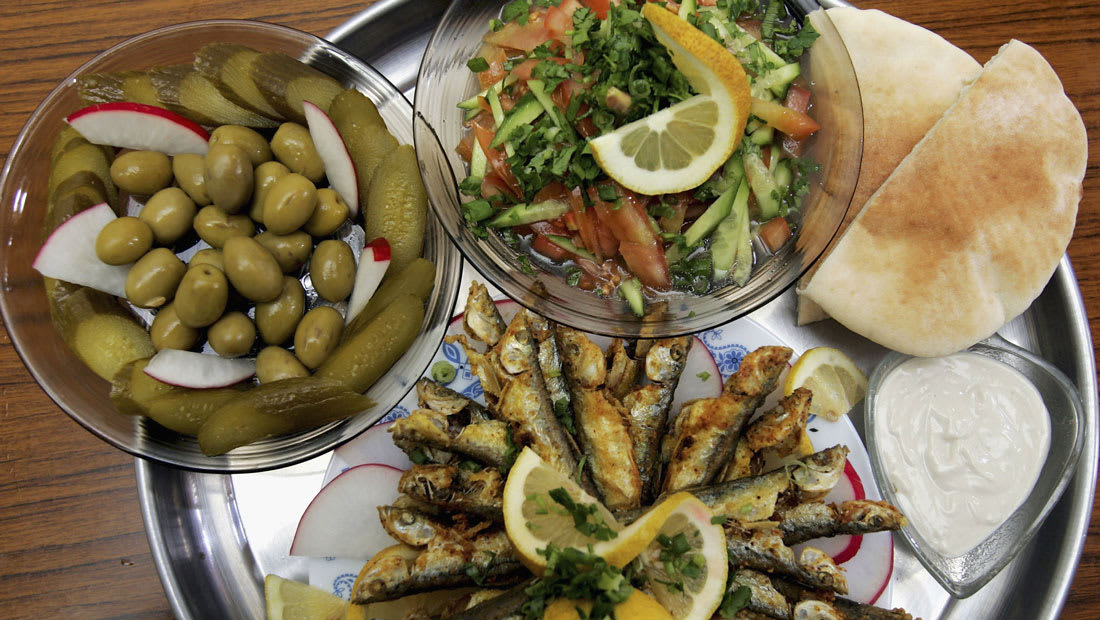دبي، الإمارات العربية المتحدة (CNN) -- يشتهر النظام الغذائي المتوسطي بتأثيره الإيجابي على صحة القلب، والأوعية الدموية، والتمثيل الغذائي. ولكن، وفقاً لبيانات جديدة من منظمة الصحة العالمية، فإن معدلات البدانة في منطقة البحر المتوسط تُعد من بين أعلى المعدلات في العالم.
وأشار التقرير الجديد لمنظمة الصحة العالمية، الذي عُرض في مايو/آيار في المؤتمر الأوروبي للسمنة في فيينا، إلى أنه من بين 34 دولة في المنطقة الأوروبية، تتمتع قبرص، واليونان، وإيطاليا، ومالطا، وسان مارينو، واسبانيا، بأعلى معدلات السمنة في مرحلة الطفولة. وفي هذه البلدان، فإن واحداً من كل خمسة أطفال يعاني من السمنة. أما البدانة لدى الفتيات، فتتمتع بمعدلات أقل.
وتُعتبر السمنة لدى الأطفال هي الأكثر انتشاراً في هذه المناطق مقارنة بالولايات المتحدة، حيث أن حوالي نسبة 17 في المائة من الأطفال يعانون من السمنة المفرطة، وفقا للمراكز الأمريكية لمكافحة الأمراض والوقاية منها.
وقال الدكتور جواو بريدا، رئيس المكتب الأوروبي لمنظمة الصحة العالمية للوقاية من الأمراض غير المعدية ومكافحتها إن "السمنة في غالبية الدول الأعضاء تؤثر على طفل أو طفلين من بين كل 10 أطفال. وتُصبح المشكلة أكثر خطورة في بلدان جنوب أوروبا."
وأضاف بريدا: "نعتقد أن ذلك يعود إلى فقدان أنماط الحمية التقليدية للبحر المتوسط في مناطق الجنوب، وزيادة تناول السكريات والأطعمة الغنية بالسعرات الحرارية، إلى جانب انخفاض مستويات النشاط البدني بشكل خاص".
ويتميز النظام الغذائي المتوسطي عادة بتناول كميات كبيرة من الأطعمة النباتية وزيت الزيتون، بالإضافة إلى كميات معتدلة من الأسماك، والدواجن، وكمية منخفضة من منتجات الألبان واللحوم الحمراء والحلويات، وفقاً لتقرير منظمة الصحة العالمية لعام 2018.
وكانت دراسة أُجريت في العام 2011، أظهرت أن الالتزام بحمية البحر المتوسط لمدة أربع سنوات تقلل من الإصابة بمرض السكري من النوع الثاني بنسبة 52 في المائة لدى كبار السن.
وتجاوزت نسبة البدانة بين الأطفال في بلدان أوروبا الجنوبية ضعف ما كانت عليه في بلدان أوروبا الشمالية مثل الدنمارك، وإيرلندا، والنرويج، حيث تراوحت معدلات البدانة بين الأولاد والبنات بين 5 و 9 في المائة، وفقاً للتقرير.
وقال المدير التنفيذي لمركز جونز هوبكنز للوقاية من السمنة في العالم الدكتور بروس يي لي إن "زيادة انتشار السمنة لدى الأطفال في جنوب أوروبا مقارنة ببقية القارة ربما يعود إلى مزيج من التغييرات في النظام الغذائي ونمط الحياة،" مضيفاً أن الأمر يرتبط بمجموعة من العوامل، ومشيراً إلى أن "هناك تغييرات في النظام الغذائي، والمزيد من الأطعمة المصنعة، والأطعمة ذات الإضافات، والملح، والسكر، وهذه مشكلة موجودة في جميع أنحاء العالم."
وأضاف لي: "هناك أيضاً معدل انخفاض في النشاط البدني. نحن حالياً نعاني من وباء الخمول الجسدي، نتيجة نمط الحياة الأكثر راحة".
ولفت بريدا إلى أن "حمية البحر المتوسط كانت جزءاً من نمط حياة فيه الكثير من النشاط البدني العفوي، ولهذا السبب كانت دائماً تتمتع بكمية سخية من السعرات الحرارية،" موضحاً أن "من أجل استعادة الحمية المتوسطية، يجب أن نضمن تعديل توفير السعرات الحرارية للحياة العصرية، وزيادة مستويات النشاط البدني، أي تعديل النظام الغذائي المتوسطي ليلائم نمط حياة القرن الحادي والعشرين".
وقد ترتبط التغييرات في النظام الغذائي ونمط الحياة في منطقة البحر الأبيض المتوسط بزيادة التحضر، وفقا لأفيفا موست، أستاذ ورئيس الصحة العامة وطب المجتمع في كلية الطب بجامعة تافتس.
وأشار موست إلى أن "النظام الغذائي في البحر المتوسط مهدد بسبب التحضر والعولمة،" مضيفاً: "تتغير العادات الغذائية التقليدية في جنوب أوروبا، خاصة بالنسبة للأطفال، مع تناول المزيد من الأغذية المصنعة، والمزيد من الأطعمة من مصادر حيوانية، ونسبة أقل من الألياف وأكثر من السعرات الحرارية بشكل عام."

